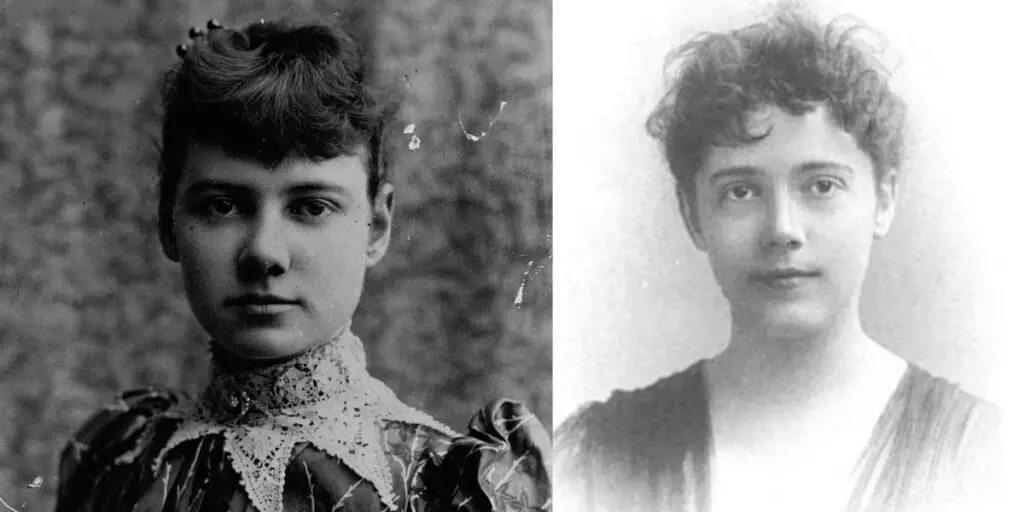In 1889, journalist Nellie Bly embarked on a daring journey to circumnavigate the world in under 80 days. Just a few hours later, Elizabeth Bisland, another journalist, joined the race in an attempt to beat Bly by traveling in the opposite direction. The race was a remarkable feat considering the technological advances that made such a journey possible.
Bly boarded a steamship called the “Augusta Victoria” for her first leg of the trip, while Bisland hopped on a train bound for California. Both women faced various challenges along the way, including seasickness on the ship and treacherous train rides. The development of steamships and railways allowed them to complete their journeys in a relatively short amount of time.
The journey was not only significant for its technological implications but also for the fact that women were traveling alone, a rare occurrence at the time. Bly and Bisland were able to challenge societal norms and expand the possibilities for what women could achieve.
Throughout their travels, the women encountered diverse landscapes, people, and cultures. They witnessed the devastation of the bison population due to hunting from trains, which had a profound impact on Indigenous communities who relied on the animals for survival. They also experienced the implementation of standardized time zones, a crucial development for coordinating train schedules and preventing collisions.
The opening of the Suez Canal in 1869 greatly facilitated international travel by cutting down the time and distance required to sail between Europe and Asia. Bly and Bisland both passed through the canal during their journeys, marveling at the architectural marvel and the interactions they had with fellow passengers on other ships.
The British Empire’s dominance was evident throughout their race, with stops in various ports under British control. Bly and Bisland observed the far-reaching influence of British imperialism as they crossed paths with warships and encountered English citizens in different parts of the world.
Overall, the race around the world undertaken by Nellie Bly and Elizabeth Bisland was a testament to the progress of technology, the breaking of gender barriers, and the global reach of the British Empire. It was a historic event that showcased the incredible possibilities of the Victorian age.

